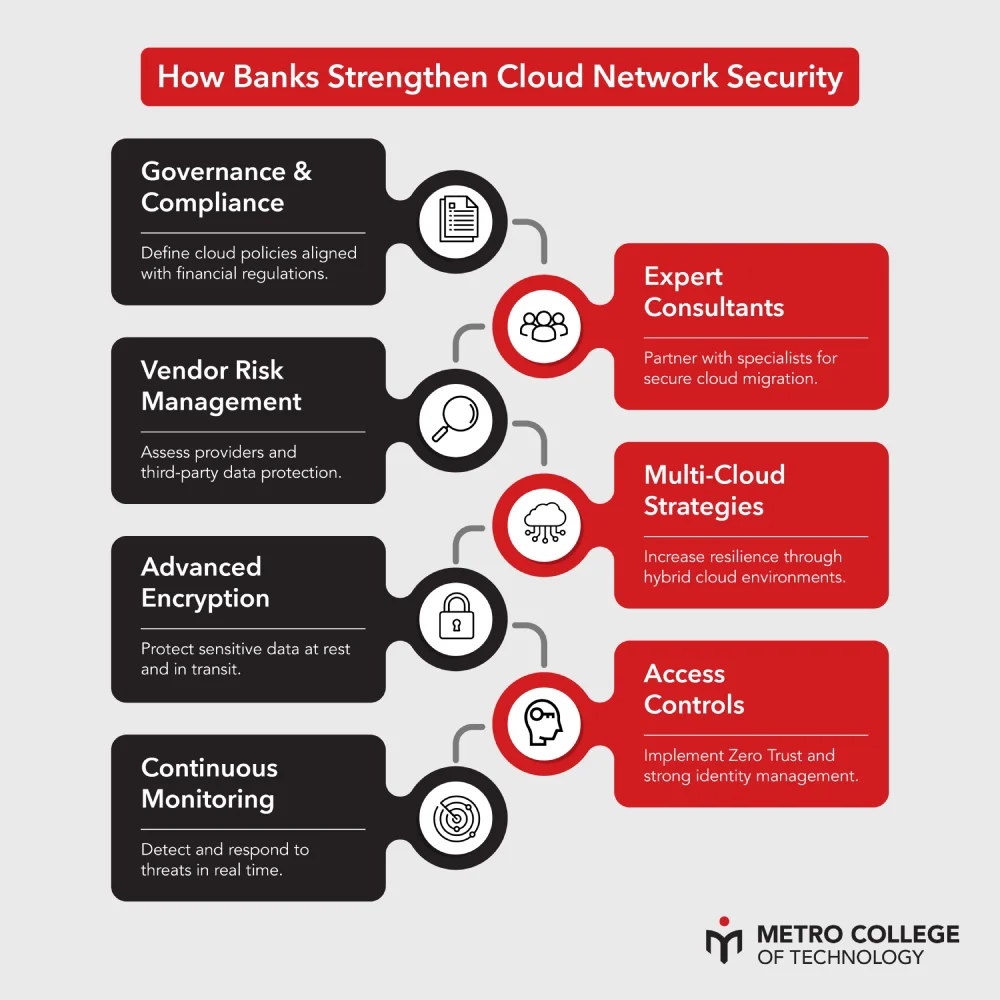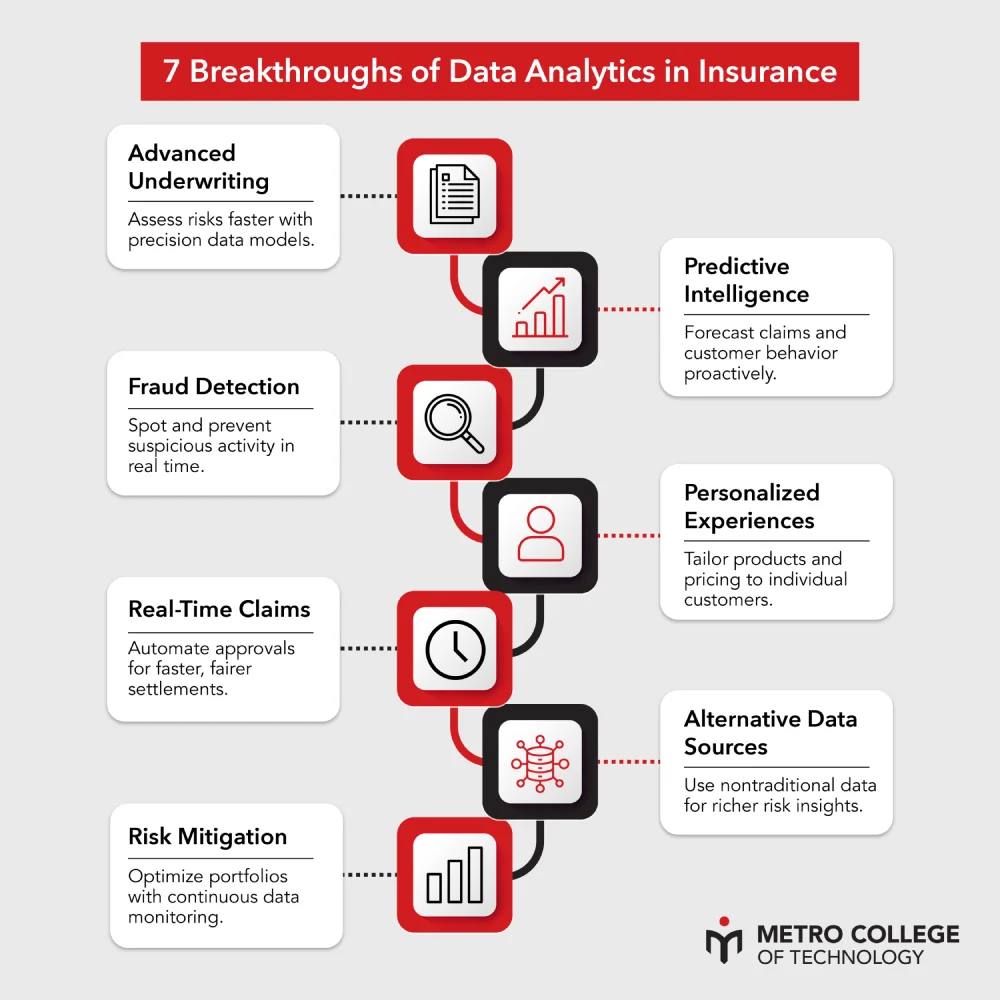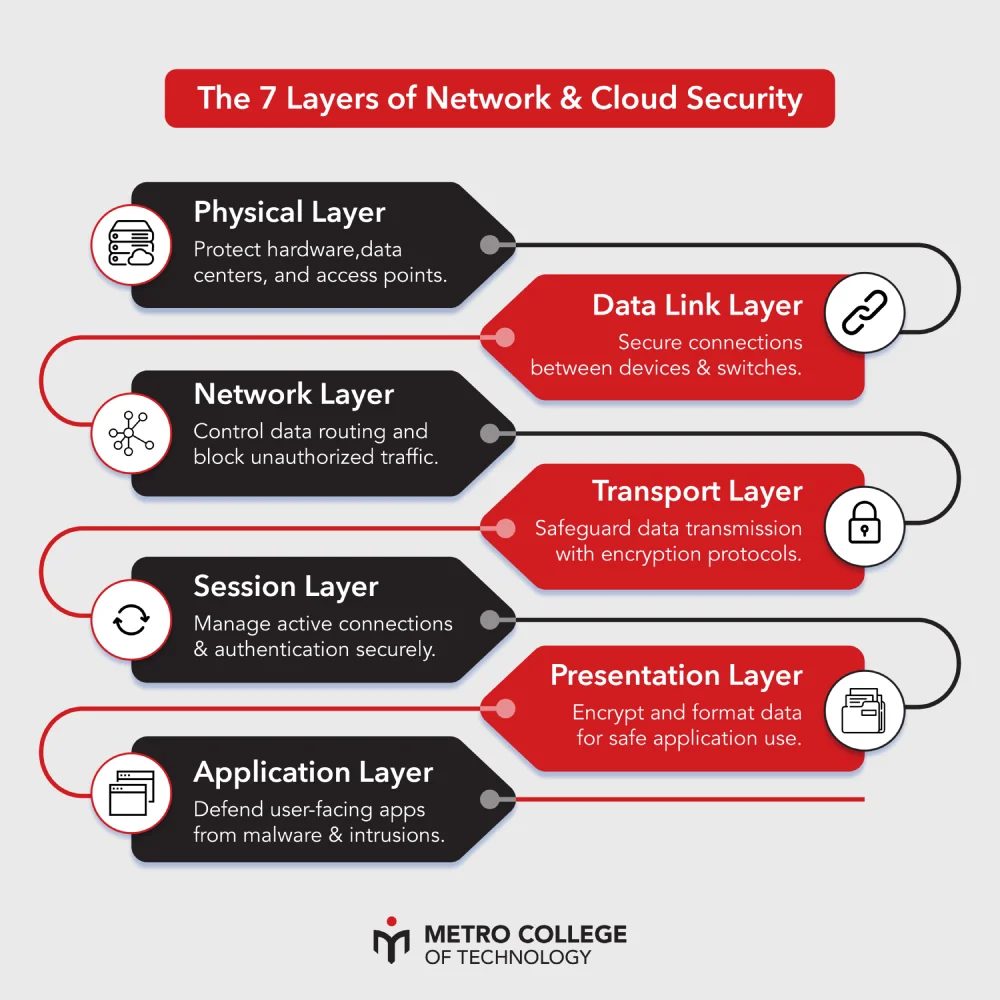Cities run on data, traffic lights, garbage routes, water meters, procurement systems, all feeding information into vast public databases. Data analytics in government helps city administrators cut waste, predict demand, and make decisions that save millions each year. By transforming raw information into actionable insight, cities move from reactive management to proactive efficiency.
The results speak loudly. Real-time dashboards reveal inefficiencies in fuel use, predictive maintenance reduces equipment downtime, and open-data initiatives improve public accountability. Across the world, mayors and civic leaders now treat analytics as infrastructure, as vital as roads or bridges.
This article explores how governments use data analytics to measure performance, detect anomalies, engage citizens, and protect the environment. You’ll learn how technologies like GIS, IoT sensors, and predictive modeling improve urban operations, and how professionals trained in Python, SAS, and Tableau drive these initiatives forward.
Key Takeaways
- Data analytics in government improves transparency, reduces operational waste, and helps cities make faster, evidence-based decisions.
- Modern tools like IoT sensors, GIS mapping, and predictive analytics drive measurable efficiency gains in public services.
- Professionals with data skills in Python, SQL, SAS, and Tableau are in high demand as governments expand smart city projects.
Benchmarking and Performance Metrics for Government Operational Efficiency
Public organizations once tracked efficiency through periodic audits or paper reports. Now, benchmarking systems powered by analytics compare departments and services daily. Cities measure turnaround times for permits, cost per kilometer for waste collection, and response rates for citizen inquiries, all visualized in live dashboards.
Performance metrics help leaders allocate resources wisely. For example, by comparing sanitation routes across districts, analysts can identify which areas spend more per ton of collected waste. Data-driven benchmarking turns assumptions into accountability, helping departments adopt best practices from their peers.
These metrics don’t just expose inefficiencies. They also reveal opportunities for improvement. When data analysts trained in Python for Data Analytics in Toronto automate performance tracking, managers gain instant visibility into performance gaps. Over time, that transparency fuels a culture of measurable progress, where results, not reports, drive decision-making.
Using Anomaly Detection to Identify Waste in Municipal Purchasing and Inventory
Fraud, overbilling, and procurement errors cost cities billions globally. Anomaly detection, a technique widely used in financial technology, now serves as a watchdog for public spending. By flagging irregular transactions, duplicate invoices, or abnormal price changes, municipalities detect waste before it escalates.
Machine learning algorithms scan vast procurement databases for unusual patterns. Suppose a department suddenly pays double for cleaning supplies compared to the prior quarter. An automated alert triggers a review, saving both funds and credibility. Over time, these systems learn what “normal” looks like and adjust their thresholds accordingly.
Cities investing in anomaly detection require skilled analysts who understand both statistics and domain context. Training in Data Science (SAS + Python) supports building models that distinguish legitimate variations from suspicious activity. The payoff is measurable: faster audits, lower losses, and renewed public trust.

Master Digital Analytics for Smarter Decisions
Build essential skills in data interpretation, dashboard creation, and digital marketing analytics.
Explore Analytics TrainingIoT and Sensor Data for Real-Time Monitoring of Public Assets and Waste Levels
Smart cities rely on the Internet of Things (IoT) to monitor assets continuously. Sensors embedded in garbage bins, water systems, and public lighting transmit live data about usage and conditions. This constant feedback allows quick adjustments and prevents waste caused by overuse or neglect.
IoT-based systems empower governments to react instantly. A sensor detecting an overflowing bin can reroute collection trucks automatically. A temperature sensor in a public facility can optimize energy consumption. Each signal adds precision to urban management.
Applications include:
- Smart Waste Bins: Notify operators when containers reach capacity, reducing unnecessary pickups.
- Water Quality Sensors: Monitor contamination levels, ensuring clean supply while reducing chemical waste.
- Streetlight Controllers: Adjust brightness based on pedestrian movement, conserving electricity.
- Fleet Trackers: Provide location and fuel-use data for optimizing routes and maintenance schedules.
These technologies require analysts fluent in SQL, Python, and data visualization. Many professionals enhance their skills through training in Cloud Computing (AWS & DevOps) to support large-scale IoT deployments.
Data-Driven Optimization of Maintenance Schedules for City Infrastructure
Maintenance costs consume a significant portion of municipal budgets. Traditional schedules often rely on fixed intervals, inspect every six months, and repair every year, regardless of actual need. Data analytics transforms this reactive approach into predictive maintenance.
By analyzing performance data from equipment sensors, cities can identify early signs of wear. Instead of replacing parts too soon or too late, maintenance happens precisely when required. This approach extends asset lifespan and reduces costly emergencies.
Optimization techniques include:
- Predictive Maintenance Models: Use statistical algorithms to forecast equipment failure.
- Condition-Based Monitoring: Tracks temperature, vibration, or fluid levels in machinery.
- Lifecycle Cost Analysis: Compares repair versus replacement costs for long-term savings.
Professionals often strengthen these skills through programs such as Mechanical Design (SolidWorks) or Civil Engineering Design (Civil 3D) depending on their engineering domain.

Role of Geographic Information Systems (GIS) in Urban Resource Management
Geographic Information Systems (GIS) bring location intelligence to government decision-making. Every infrastructure project, environmental inspection, and emergency response involves geography, and GIS turns that into data insight.
Through spatial analysis, cities visualize how resources are distributed. Mapping software overlays information on waste collection routes, water networks, and energy grids. Analysts identify service overlaps or coverage gaps, streamlining operations.
GIS also enhances planning and Professionals in infrastructure roles often pursue courses like
Structural Engineering Design (Revit) to support GIS-based planning workflows. Before building a new recycling center, planners evaluate population density, existing routes, and environmental impact. Combining GIS with data analytics in government ensures investments align with real needs, improving both fiscal discipline and citizen satisfaction.
Citizen Engagement and Transparency Through Open Data Platforms
Transparency has become a core expectation for modern citizens. Open data platforms allow the public to access spending, environmental, and performance information in user-friendly dashboards. Governments use visualization tools such as Tableau to publish datasets and invite public participation.
When citizens can see how funds are spent, trust grows. Public scrutiny reduces corruption risks and drives departments to meet higher standards. Cities that embrace open data report stronger community collaboration and more efficient problem-solving.
Citizen feedback also becomes part of the data pipeline. Through surveys and mobile apps, residents report issues directly into analytics systems. This interaction makes data governance collaborative, a shared responsibility between the government and the community. Training programs such as Digital Media Marketing & Analytics help professionals present open data in ways citizens understand.
Predictive Analytics for Proactive Resource Allocation and Waste Reduction
Predictive analytics gives city administrators foresight, the ability to plan before issues arise. Models forecast traffic congestion, waste volume, or seasonal service demand. That foresight helps allocate staff, vehicles, and budgets more efficiently.
Cities that apply predictive techniques report significant savings. Instead of responding to missed pickups or energy overuse, they anticipate and prevent them. Machine learning models run simulations to test multiple scenarios before deploying resources.
Core applications include:
- Demand Forecasting: Predicts future service needs based on historical data.
- Risk Assessment: Identifies areas prone to waste or fraud.
- Scenario Modeling: Tests “what-if” plans for staffing, routes, and costs.
Professionals experienced in Python, SQL, and cloud systems often build their foundation through courses such as Network Administration (MCSA) and Network Cloud Administration (AWS).
Cost Savings and Environmental Benefits of Data-Enabled Waste Management
Cities investing in data analytics see measurable savings and sustainability improvements. Toronto’s smart waste management program, for example, uses sensor-based routing to reduce fuel consumption and truck wear. Similar programs in Europe report up to 30% reductions in collection costs. Operations teams often benefit from tools like CNC Mastercam and Computer Accounting (QuickBooks) when managing budget, equipment, and procurement.
Beyond cost control, analytics contributes to environmental goals. Real-time monitoring lowers emissions by minimizing unnecessary travel. Predictive planning ensures optimal recycling distribution, reducing landfill dependency. Each data point helps align urban growth with sustainability commitments.
These efforts demonstrate a clear ROI for taxpayers. As governments scale analytics across departments, success depends on professionals capable of translating technical outputs into strategic policy actions. Graduates with training in Python, SAS, and Machine Learning bring that crucial skill set.
Challenges and Best Practices in Implementing Data Analytics in Government
Adopting data analytics in public administration comes with challenges. Bureaucratic silos, privacy regulations, and legacy systems can slow progress. Yet, with structured strategies, cities can overcome these barriers efficiently.
Common challenges and best practices include:
- Data Silos: Encourage cross-department integration through centralized platforms.
- Data Quality: Implement validation routines using SQL or Python to ensure accuracy.
- Privacy Concerns: Anonymize sensitive records while maintaining analytical utility.
- Skills Gap: Invest in staff training through accredited programs such as Python for Data Analytics.
- Change Management: Build executive buy-in by demonstrating small, quick wins before scaling citywide.
When managed correctly, data analytics transforms from a back-office experiment into a strategic pillar of governance. Upskilling through programs such as SAP FICO and SAP SCM helps public-sector employees improve resource planning and analytics capabilities.
FAQ
How does data analytics reduce waste in government operations?
By measuring performance, detecting anomalies, and predicting maintenance needs, cities can reduce inefficiencies
and lower costs across departments.
What tools are most used for public sector analytics?
Governments use SQL for data management, Python for analytics scripting, SAS for statistical modeling, and Tableau
for visualization.
Can small municipalities afford data analytics programs?
Yes. Cloud-based analytics platforms allow scalable solutions with lower upfront investment, making analytics
accessible to smaller cities.
How can professionals enter government analytics roles?
Start by developing technical skills in data analysis, visualization, and predictive modeling through programs like
Metro College’s Python or SAS Training.
What are the ethical considerations in government data use?
Transparency, accountability, and data privacy remain top priorities. Policies should ensure data serves the public
interest without exposing individuals.
Harnessing Data for Sustainable and Transparent Governance
The era of smart cities proves that efficiency and accountability can coexist. Data analytics in government gives leaders the insight to cut waste, optimize spending, and serve citizens with precision. The key lies in people, professionals who understand how to convert raw data into reliable public value.
When you combine data skills with civic purpose, you don’t just manage numbers. You help shape cleaner streets, efficient budgets, and sustainable urban growth. Through Metro College programs in Python, SAS, SQL, and Tableau, you gain the practical expertise cities need today, and the vision they’ll rely on tomorrow.

Turn Public Data into Insightful Dashboards
Learn how to build interactive dashboards that improve transparency and citizen trust. Strengthen your data visualization and analytics skills through hands-on training.
Explore Digital Media Analytics







